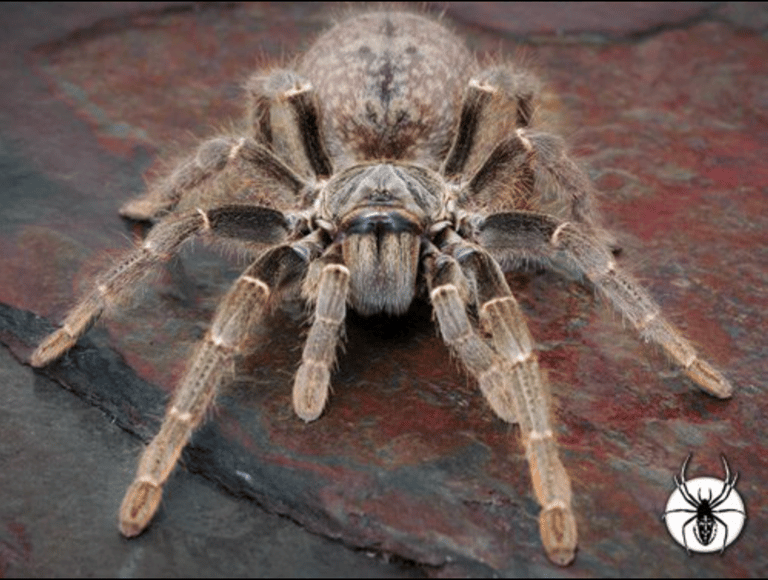Spiders




Mašán P, Simpson C, Perotti MA, & Braig HR. 2012
Mites parasitic on Australasian and African spiders found in the pet trade; a redescription of Ljunghia pulleinei Womersley.
PLoS ONE 7, e39019.
Parasitic mites associated with spiders are spreading world-wide through the trade in tarantulas and other pet species. Ljunghia pulleinei Womersley, a mesostigmatic laelapid mite originally found in association with the mygalomorph spider Selenocosmia stirlingi Hogg (Theraphosidae) in Australia, is redescribed and illustrated on the basis of specimens from the African theraphosid spider Pterinochilus chordatus (Gerstäcker) kept in captivity in the British Isles (Wales). The mite is known from older original descriptions of Womersley in 1956; the subsequent redescription of Domrow in 1975 seems to be questionable in conspecificity of treated specimens with the type material. Some inconsistencies in both descriptions are recognised here as intraspecific variability of the studied specimens. The genus Arachnyssus Ma, with species A. guangxiensis (type) and A. huwenae, is not considered to be a valid genus, and is included in synonymy with Ljunghia Oudemans. A new key to world species of the genus Ljunghia is provided.
Flores D, Murúa F, & Acosta J C. 2007
Susceptibilidad de huevos de Latrodectus geometricus Koch (Araneae, Theridiidae) a dos piretroides en condiciones de laboratorio [Susceptibility of Latrodectus geometricus Koch eggs (Araneae, Theridiidae) to two piretroids in a laboratory environment].
Boletín de la Sociedad Entomológica Aragonesa 41, 477-479.
The genus Latrodectus Walcknaer, 1805, with a wide world distribution and abundant in urban and wild areas of Argentina, is very important from a medical-sanitary point of view. Field and/or laboratory tests concerning the susceptibility of arachnids to chemical products are generally directed at the elimination of the juvenile and adult stages. The aim of this study was to evaluate the susceptibility of Latrodectus geometricus eggs to various active ingredients (IA), as a contribution to the control of medically important species of arachnids. 1,728 eggs of L. geometricus were used. The evaluated IA were Deltametrina, in three concentrations (3 %, 6 % and 9 %), and Cipermetrina, also in three concentrations (2 %, 4 % and 6 %). The results of the analysis for these Active Ingredients show differences in their ovicidal effect (ANOVA: F(6, 29) = 52.1546, p = 0,0001). This laboratory study shows the low susceptibility of L. geometricus eggs to different biocides.
Image: The Spider Shop
Image: Matthew Field
Murúa AF, Díaz-Nieto LM, & Florencia, C. 2018
Arañas, Alacranes y Mosquitos de Importancia Sanitaria en San Juan: Explorando caminos de encuentro con la naturaleza [Spiders, Scorpions and Mosquitoes of Health Importance in San Juan: Exploring paths of encounter with nature]
San Juan: Universidad Nacional de San Juan; 113 pp.